The Natural History of Organ Pipe is Reasserting Itself
©Bert Gildart: As promised (at least on my Facebook account), we’re posting images of the magnificent wildflowers that winter rains seemed to assure. It’s a sudden transition, but it’s happening right now.
Just outside the campground proper, a number of flowers have reared their heads. Along the Perimeter Trail, we’ve seen Buckhorn Cholla, Hibiscus, and the Brittle Brush.
L to R: Brittlebrush, Buckhorn Cholla, Hibiscus
Sadly, some of this beauty has been off limits to visitors until this past September when it was finally deemed safe to open. Because of the vast amount of drug — and just plain human — traffic passing through this exact same area, over 60 percent of the park was closed in 2003. During those 11 years vegetation was trampled and the endangered pronghorn was inhibited from expanding its range.
Park officials recognized the travesty and found funding was now available to bring in the manpower necessary to control this flow. Last year funds became available and the Border Control was increased from about 50 officers to 500. As a result, the entire park has reopened, and nature has responded to the enforcement that followed and already nature seems to be reclaiming itself. Just a few days ago one of the volunteer park interpreters spotted the rare Sonoran antelope in the area Janie and I hiked — the Red Tanks Tinaja.
L to R: Red Tanks Tinaja, Desert Gold, Globemallow, backdropped by Senita Tree
And two days ago, though signs are posted everywhere asking that you “Please Let It Grow,” vegetation has grown — at least in some places. Yellow flowers (the Desert Gold), are now sweeping across the sands that characterize La Abra Plain, the region flanking the South Puerto Drive. From the same region the orange flower (Apricot Globemallow,) has reared its head and, here it is backed by the Senita Tree.
Truly, this is a magnificent area and there is little wonder that Organ Pipe National Desert was designated an International Biosphere Preserve, meaning that it is unique in the word.
We’re delighted to be here.
THIS TIME LAST YEAR:
4th ed. Autographed by the Authors
Hiking Shenandoah National Park
 Hiking Shenandoah National Park is the 4th edition of a favorite guide book, created by Bert & Janie, a professional husband-wife journalism team. Lots of updates including more waterfall trails, updated descriptions of confusing trail junctions, and new color photographs. New text describes more of the park’s compelling natural history. Often the descriptions are personal as the Gildarts have hiked virtually every single park trail, sometimes repeatedly.
Hiking Shenandoah National Park is the 4th edition of a favorite guide book, created by Bert & Janie, a professional husband-wife journalism team. Lots of updates including more waterfall trails, updated descriptions of confusing trail junctions, and new color photographs. New text describes more of the park’s compelling natural history. Often the descriptions are personal as the Gildarts have hiked virtually every single park trail, sometimes repeatedly.
Big Sky Country is beautiful
Montana Icons: 50 Classic Symbols of the Treasure State
![]() Montana Icons is a book for lovers of the western vista. Features photographs of fifty famous landmarks from what many call the “Last Best Place.” The book will make you feel homesick for Montana even if you already live here. Bert Gildart’s varied careers in Montana (Bus driver on an Indian reservation, a teacher, backcountry ranger, as well as a newspaper reporter, and photographer) have given him a special view of Montana, which he shares in this book. Share the view; click here.
Montana Icons is a book for lovers of the western vista. Features photographs of fifty famous landmarks from what many call the “Last Best Place.” The book will make you feel homesick for Montana even if you already live here. Bert Gildart’s varied careers in Montana (Bus driver on an Indian reservation, a teacher, backcountry ranger, as well as a newspaper reporter, and photographer) have given him a special view of Montana, which he shares in this book. Share the view; click here.
$16.95 + Autographed Copy
What makes Glacier, Glacier?
Glacier Icons: 50 Classic Views of the Crown of the Continent
![]() Glacier Icons: What makes Glacier Park so special? In this book you can discover the story behind fifty of this park’s most amazing features. With this entertaining collection of photos, anecdotes and little known facts, Bert Gildart will be your backcountry guide. A former Glacier backcountry ranger turned writer/photographer, his hundreds of stories and images have appeared in literally dozens of periodicals including Time/Life, Smithsonian, and Field & Stream. Take a look at Glacier Icons
Glacier Icons: What makes Glacier Park so special? In this book you can discover the story behind fifty of this park’s most amazing features. With this entertaining collection of photos, anecdotes and little known facts, Bert Gildart will be your backcountry guide. A former Glacier backcountry ranger turned writer/photographer, his hundreds of stories and images have appeared in literally dozens of periodicals including Time/Life, Smithsonian, and Field & Stream. Take a look at Glacier Icons
$16.95 + Autographed Copy
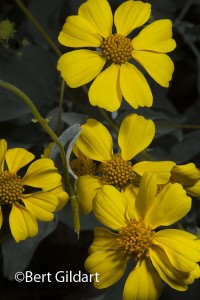
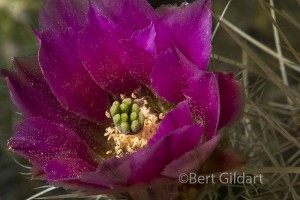
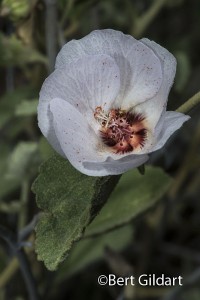
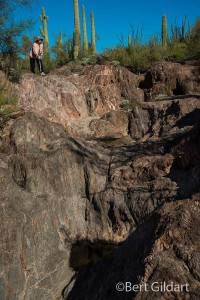
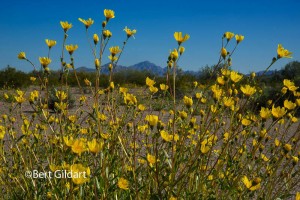
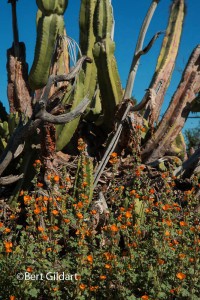


March 22nd, 2015 at 10:57 pm
Thanks, Bert, for your fine report on the beautiful wildflower blooms on display at Organ Pipe Cactus National Monument, Arizona, which are now available for the public to see for the first time since 2003.
Earlier this month, I reported in my new blog, History Safari Expresso, that the White-lined Sphinx caterpillars are eating the wildflowers at Anza-Borrego Desert State Park!
Best to you and Janie!